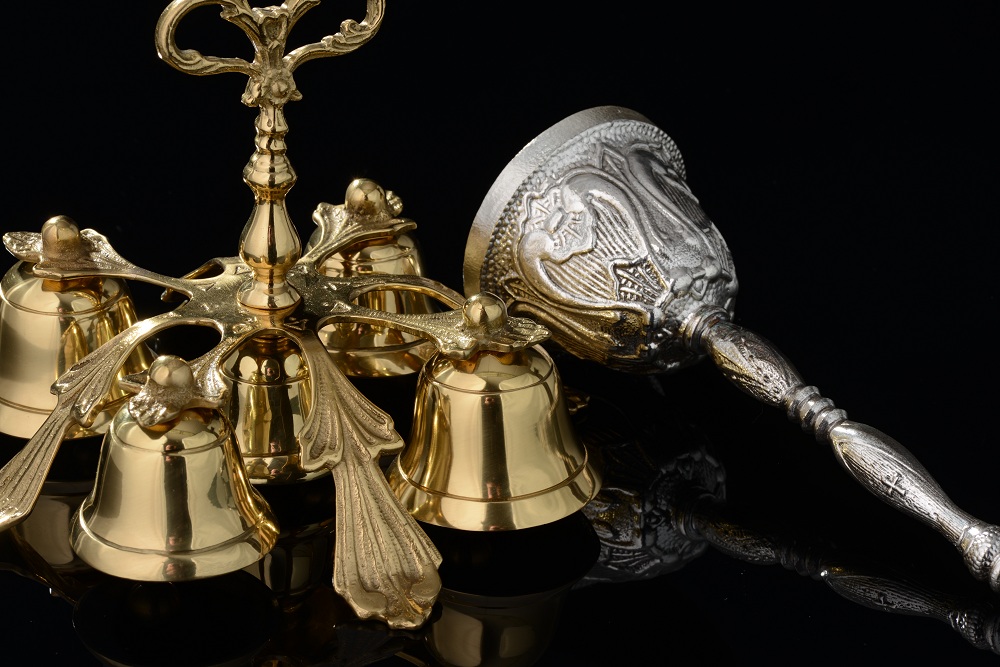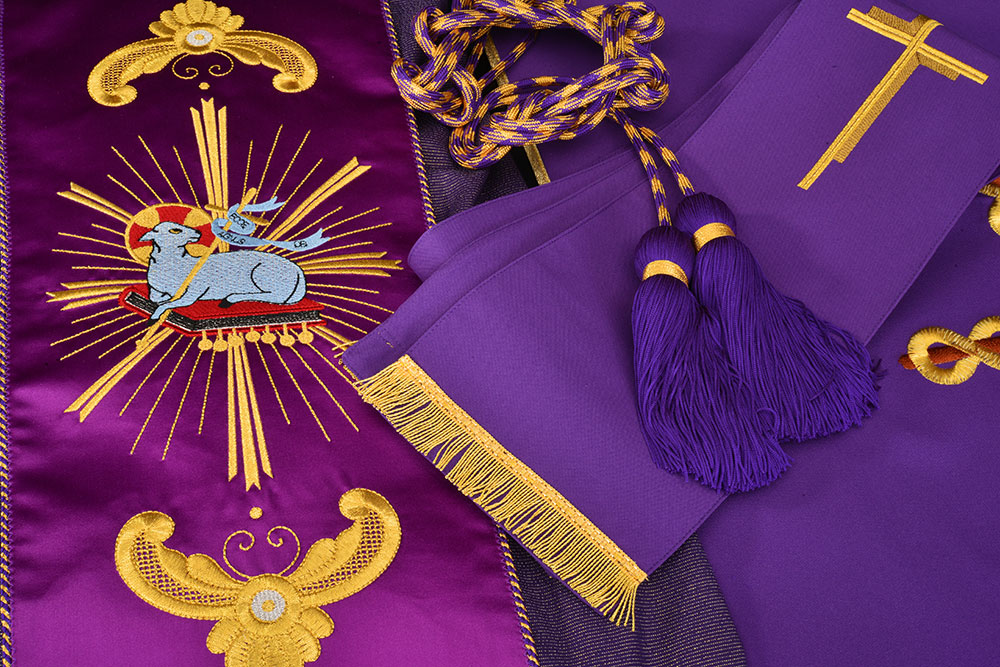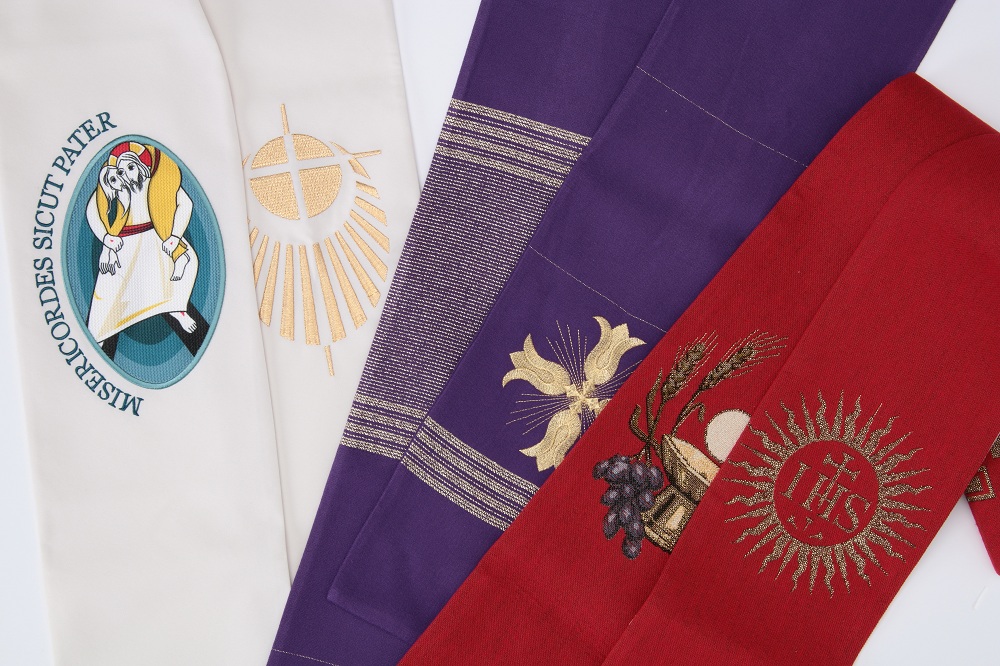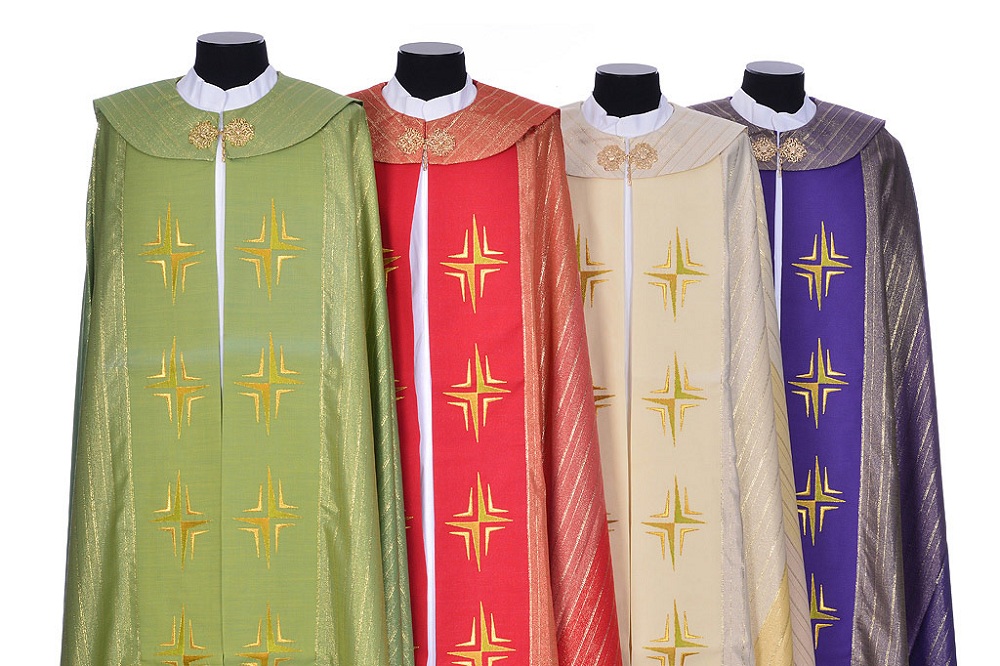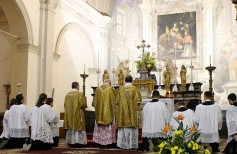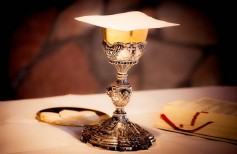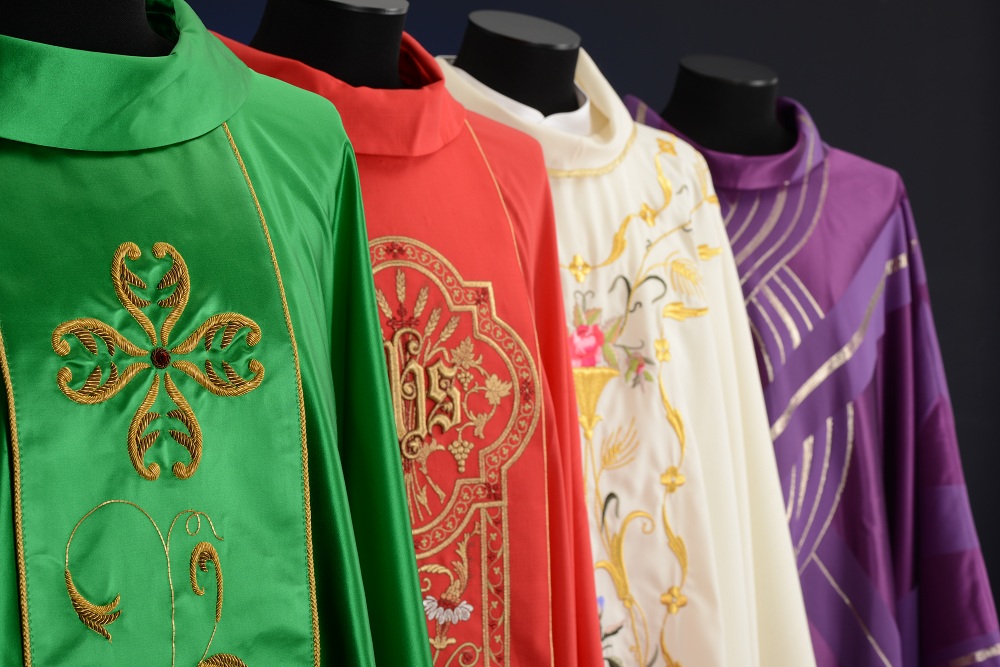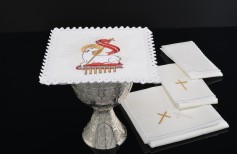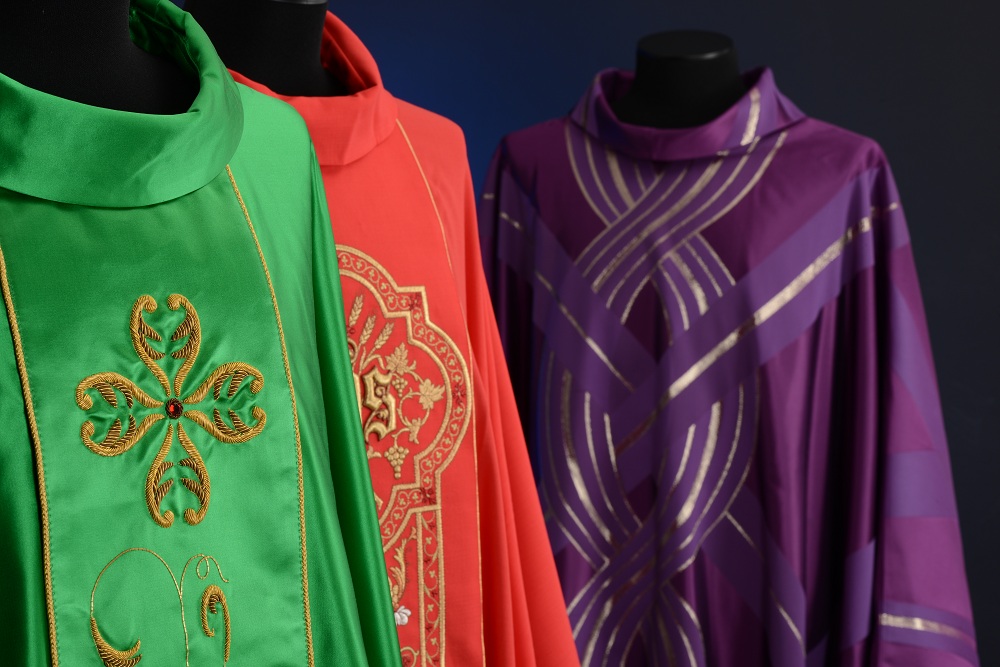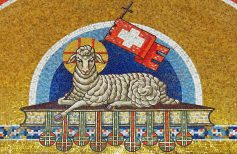The use of liturgical bells in religious celebrations has very old origins. The bells were certainly known and used by all people in the antiquity, and have even been found in prehistoric tombs.
The origins of the liturgical bells, which are still used in religious ceremonies, are perhaps to be found in Jewish culture, where the High Priest wore a liturgical vestment decorated with seventy-two golden bells alternating with coloured pomegranates.
Bells were found in Christian catacombs, even if at the time they probably didn’t have a defined liturgical use.
Liturgical bells are used to announce and emphasise certain passages of particularly important celebrations. For example, they are played twice at the time of the consecration of the Body and Blood of Christ, and the presentation of the same to the faithful, after “Lamb of God.”
Liturgical bells can be exquisite, artistic workmanship. They are often made by artisans and are finely decorated. They are usually made of cast brass but in the past, they were particularly made with gold and silver.
One of the peculiar characteristics of liturgical bells is that they produce different sounds depending upon how they are made. In the Tridentine Mass liturgical bells are played by an altar boy to further emphasise steps of the celebration, like the Sanctus, the Quam Obliationem, the Domine, non sum dignus.
Other than liturgical bells, churches can also have sacristy bells. Normally these are simple bells hung above the sacristy door and have a particular ringing sing. They are played every time a liturgical celebration is about to begin.

